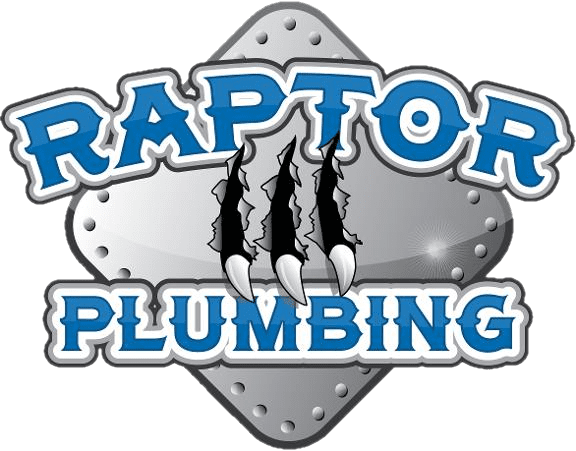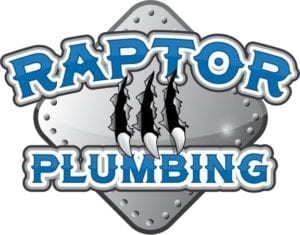
Check for Widespread vs. Localized Pressure Issues
Determine if the low pressure is affecting the entire home or just certain fixtures. If it’s isolated, the issue may lie with a single faucet or showerhead.
Inspect Shut-Off Valves
Ensure your main water shut-off valve and any local fixture valves are fully open. Partially closed valves can restrict water flow.
Clean Faucet Aerators and Showerheads
Mineral buildup in aerators and showerheads can obstruct water flow. Remove, clean, or replace these parts to restore pressure.
Look for Pipe Leaks
Leaks in your plumbing system reduce water pressure. Check for visible signs of water damage or wet spots around pipes. If you suspect a hidden leak, call a plumber for a professional inspection.
Test the Pressure Regulator

Some homes have a pressure regulator installed to manage water pressure. If this device fails, it can lead to low pressure. Testing or replacing it might be necessary.
Check for Clogged Pipes or Corrosion
Older pipes can become clogged with mineral deposits or corroded over time. A plumber can assess the condition and recommend repairs or pipe replacement.
City Supply Issues
Sometimes the issue is with the municipal water supply. Contact your local water provider to check for disruptions or maintenance work.
When to Call a Professional
If basic troubleshooting doesn’t resolve the issue, or if leaks and corrosion are suspected, it’s best to call a licensed plumber. They can perform detailed diagnostics and safely restore proper pressure.
Conclusion
Low water pressure can stem from simple maintenance issues or more serious plumbing problems. By methodically checking each potential cause, homeowners can often resolve minor issues on their own. For persistent problems, professional help ensures safety and long-term solutions.

